A few weeks ago, I signed a contract to do a little work with an organization on the Mississippi Gulf Coast. I must admit that it was nice to get out of the Chicago winter, even if it was only for a few days. On my way home, I found myself waiting for a delayed airplane at a Southwest Airlines gate at the Louis Armstrong New Orleans International Airport. As time elapsed and the plane became increasingly more late, people understandably became more agitated and upset. It was in this moment I saw a Southwest Airlines gate agent (I think his name was Aaron) demonstrate the type of leadership that every non-profit executive director and fundraising professional could learn from.
Let me attempt to tell this story pictorially.
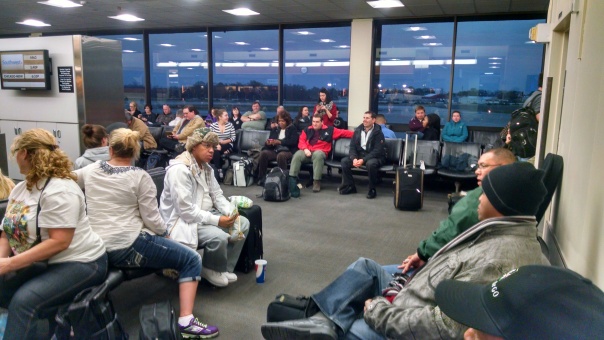
In the picture above, you see that no one was particularly happy. No one is smiling. There are some arms crossed. In fact, every time the gate agent used the PA system to announce a new piece of information, there were audible groans and grousing from weary travelers. It wasn’t a pretty scene.
Then something happened as you can see in the pictures below . . .

Uh-huh . . . your eyes aren’t deceiving you. You see people in the picture above line dancing.
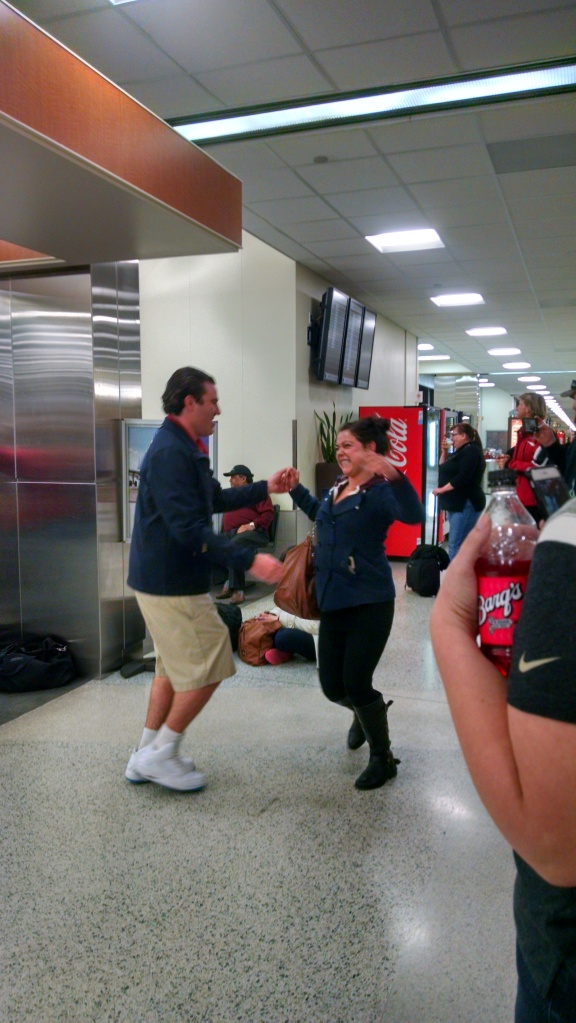
Yep . . . this last picture is the gate agent dancing with one of those delayed travelers. What you can’t hear is a fellow passenger playing music on his accordion.
So, what happened?
Simply put, the gate agent realized that people were unhappy, and he stepped into the leadership void and filled it. However, what was most impressive was that he didn’t have many resources at his disposal. Over the course of more than an hour, the gate agent facilitated the following activities with people in the gate:
- charades contest
- trivia game
- line dancing
- talent show (e.g. an accordion player, magician, and a 7-year-old girl performing her dance competition routine)
When the delayed aircraft pulled up the gate, no one noticed because they were too busy having fun. There wasn’t a frown to be found anywhere.
Mission accomplished! 🙂
So, what happened here that your non-profit organization can learn from?
Well, scroll back up to the first picture of angry people being told that their flight was delayed. Now pretend that those aren’t angry travelers, and they are instead angry donors and key community stakeholders.
The reality is this can happen to the best of us. Our organizations make decisions that make people upset. Sometimes management decisions simply don’t work out. Other times external circumstances lead us down roads fraught with crisis.
When this happens, people get angry. More oftentimes than not, you aren’t in a position to wave a magic wand and fix the situation, but you better do something to keep things from getting worse. (Very similar to the Southwest Airlines gate agent’s situation, right?)
Here are a few tips when your organization finds itself in similar circumstances:
- Take responsibility
- Don’t make excuses (even though you want to explain what is happening and why it is occurring)
- Empathize with those who aren’t happy (we’ve all been there)
- Do whatever you can to make people happy even if you can’t fix the problem (ask those who are upset if there is anything you can do to make the situation better)
- Coordinate your response (especially when dealing with a crisis, only have one spokesperson dealing with restless people)
- Know your resources and use them!
This last bullet point sounds simple, but it is hard to do when you’re in the middle of a challenging situation. However, the reality is that most non-profit organizations have many more resources than the Southwest Airlines gate agent I’ve highlighted in this post.
The following are just a few examples of resources at most non-profit’s fingertips:
- talented staff
- board volunteers
- clients
- donors
- community supporters (e.g. program volunteers)
- collaborative partners (e.g. other non-profit partners)
- technology
- budgets (albeit probably stretched thin)
- facilities (albeit not every non-profit is endowed with physical space)
This short list of resources is like a list of food ingredients for a chef. Surely, some spontaneous recipe can be cooked up?
The reality is that whatever mess you find yourself in, you don’t have to be in it alone.
Please scroll down and use the comment box below to share your thoughts and experiences. No one is in this alone. We can all learn from each other.
Here’s to your health!
Erik Anderson
Founder & President, The Healthy Non-Profit LLC
www.thehealthynonprofit.com
erik@thehealthynonprofit.com
http://twitter.com/#!/eanderson847
http://www.facebook.com/eanderson847
http://www.linkedin.com/in/erikanderson847

 It has been called a crisis, scandal, controversy, and problem by journalists. If you are remotely plugged into the world around you, then you’ve probably heard or read something about
It has been called a crisis, scandal, controversy, and problem by journalists. If you are remotely plugged into the world around you, then you’ve probably heard or read something about  None of this was malicious. It was always done out of a frantic sense of convenience and lack of time (or so I told myself).
None of this was malicious. It was always done out of a frantic sense of convenience and lack of time (or so I told myself). Most non-profit organizations are stretched too thin. I know, I know. But this is something you need to make time for because it is important.
Most non-profit organizations are stretched too thin. I know, I know. But this is something you need to make time for because it is important. Create separation and segment your life
Create separation and segment your life It hasn’t been talked about much, but the Hillary Clinton email story is a “
It hasn’t been talked about much, but the Hillary Clinton email story is a “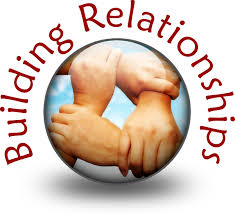 Last week I had the privilege of soliciting someone for an annual campaign pledge over a cup of coffee. In addition to securing their pledge, this was a nice opportunity to catch up because we hadn’t seen each other in a few years. As I neared the bottom of my cup of coffee, this donor reminded me of something important concerning most non-profit organization’s annual campaign efforts and donor loyalty rates.
Last week I had the privilege of soliciting someone for an annual campaign pledge over a cup of coffee. In addition to securing their pledge, this was a nice opportunity to catch up because we hadn’t seen each other in a few years. As I neared the bottom of my cup of coffee, this donor reminded me of something important concerning most non-profit organization’s annual campaign efforts and donor loyalty rates.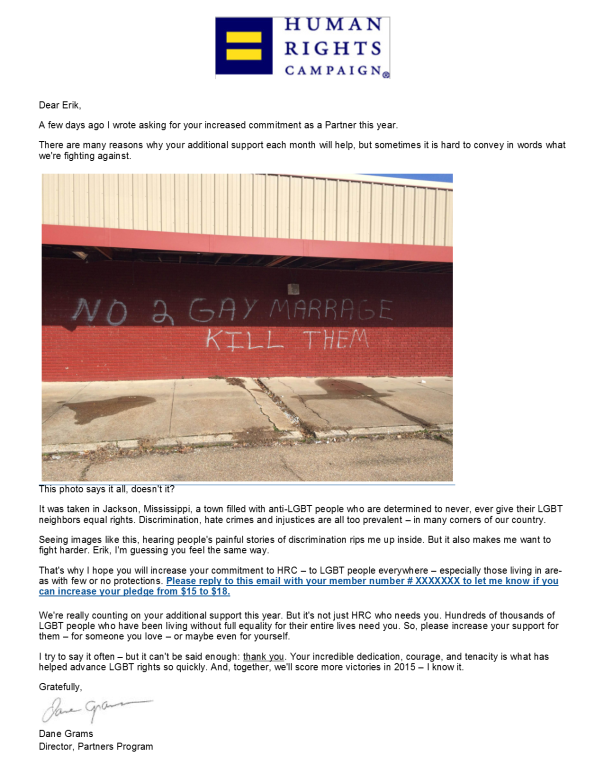
 Last week, I wrote a blog titled “
Last week, I wrote a blog titled “ I wonder if these influences on the next generation of donors and fundraising volunteers will have an impact on the art of face-to-face solicitation and the future of philanthropy?
I wonder if these influences on the next generation of donors and fundraising volunteers will have an impact on the art of face-to-face solicitation and the future of philanthropy?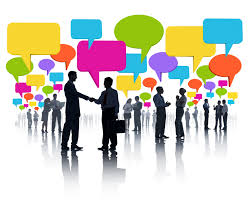 A few days ago, I was Skyping with Henry Freeman, the owner of
A few days ago, I was Skyping with Henry Freeman, the owner of  When I was a child, I loved watching cartoons. I was especially a fan of cartoons that featured superheros such as Spiderman, Superman, Batman, etc. I oftentimes found myself daydreaming about having a superpower and what kind of good things I could accomplish with such a power. Yesterday, I went to lunch with an old friend, which got me thinking again about the concept of superpowers and how that idea might apply to your non-profit organization.
When I was a child, I loved watching cartoons. I was especially a fan of cartoons that featured superheros such as Spiderman, Superman, Batman, etc. I oftentimes found myself daydreaming about having a superpower and what kind of good things I could accomplish with such a power. Yesterday, I went to lunch with an old friend, which got me thinking again about the concept of superpowers and how that idea might apply to your non-profit organization. Of course, the real question is whether or not you’ve learned how to unlock and use your superpower? If you are interested in exploring this question, I suggest you ask yourself the following questions:
Of course, the real question is whether or not you’ve learned how to unlock and use your superpower? If you are interested in exploring this question, I suggest you ask yourself the following questions: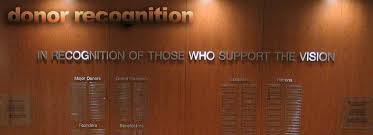 I believe that sometimes the universe speaks to you, and over the last two days I’ve been beat over the head with reminders that your non-profit organization’s donor recognition must be meaningful. While there is a time and place for computer generated gift acknowledgement letters and donor gifts, you need to know your donor and appreciate them in a way that speaks to their inner philanthropic soul.
I believe that sometimes the universe speaks to you, and over the last two days I’ve been beat over the head with reminders that your non-profit organization’s donor recognition must be meaningful. While there is a time and place for computer generated gift acknowledgement letters and donor gifts, you need to know your donor and appreciate them in a way that speaks to their inner philanthropic soul. To sum up the results of yesterday’s discussion, the volunteers decided that donor recognition and gifts should be personal, mission-focused and meaningful.
To sum up the results of yesterday’s discussion, the volunteers decided that donor recognition and gifts should be personal, mission-focused and meaningful.